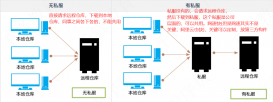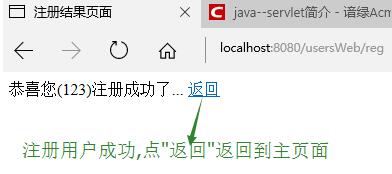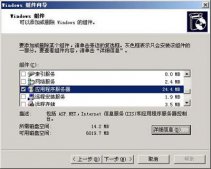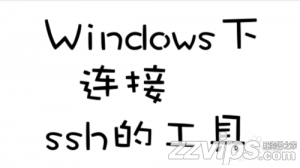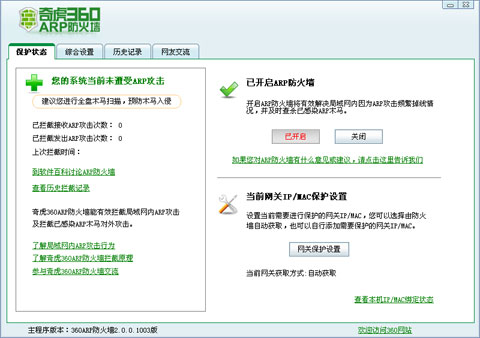- 使用属性的setter方法注入 这是最常用的方式;
- 使用构造器注入;
- 使用Filed注入(用于注解方式).
Field注入是最常见的一种方式,可以采用 @Autowired 对Bean类的接口进行初始化,代码如下
|
1
2
3
4
5
6
7
8
9
10
11
12
13
|
@ContextConfiguration({"/META-INF/spring/amazing-base.xml"})@RunWith(SpringJUnit4ClassRunner.class)public class SpringInjectionTest { @Autowired private Cust normalCust; @Test public void testFieldInjection() { System.out.println("testFieldInjection begin"); normalCust.recharge(); System.out.println("testFieldInjection end"); }} |
Cust为接口,NormalCust为其实现类,通过这种方式,可以通过Spring容器初始化NormalCust Bean,进而调用recharge()方法。
构造器注入主要用于某些类因为某种原因不能作为Bean,只是一个普通类。可以通过类的构造方法传入需要调用的Bean接口。
|
1
2
3
4
5
6
7
8
9
10
11
12
13
14
15
|
@ContextConfiguration({"/META-INF/spring/amazing-base.xml"})@RunWith(SpringJUnit4ClassRunner.class)public class SpringInjectionTest { @Autowired private Cust normalCust; @Test public void testConstructorInjection() { System.out.println("testConstructorInjection begin"); ChargeThread thread = new ChargeThread(normalCust); thread.run(); System.out.println("testConstructorInjection end"); } } |
|
1
2
3
4
5
6
7
8
9
10
11
12
13
|
public class ChargeThread implements Runnable { private Cust cust; public ChargeThread(Cust cust) { this.cust = cust; } public void run() { cust.recharge(); }} |
上面的代码通过初始化一个线程,在初始化的时候传入Bean,在线程的类中调用Bean的充值方法。构造器注入特别适合多线程的编程,因为线程不能定义为Bean,否则不仅会因为它是一个单例,而且会被Spring容器管理。(当然你可以去定义Bean为原型Bean,能够有多个副本,脱离Spring容器的管理),最重要的是我们要用线程池,由线程池来管理线程。
还有一种Setter方法注入,这种方式能用于final类的静态方法,例如有一个充值的Util类,该类是final类,其方法是静态方法。
|
1
2
3
4
5
6
7
8
9
|
public class SpringInjectionTest { @Test public void testSetterInjection() { System.out.println("testSetterInjection begin"); String result = RechargeUtil.InstantRecharge(); System.out.println("testSetterInjection end, " + result); }} |
|
1
2
3
4
5
6
7
8
9
10
11
12
13
14
15
16
17
18
19
|
@Componentpublic final class RechargeUtil { private RechargeUtil() { } private static Cust normalCust; @Autowired public void setNormalCust(Cust normalCust) { RechargeUtil.normalCust = normalCust; } public static String InstantRecharge() { normalCust.recharge(); return "InstantRecharge Success!"; }} |
最后一种方式也成功了将normalCust注入到了RechargeUtil中。
以上三种注入方式,读者可以根据实际应用场景灵活选择。也希望大家多多支持服务器之家。
原文链接:http://blog.csdn.net/dotnetstudio/article/details/50781022


